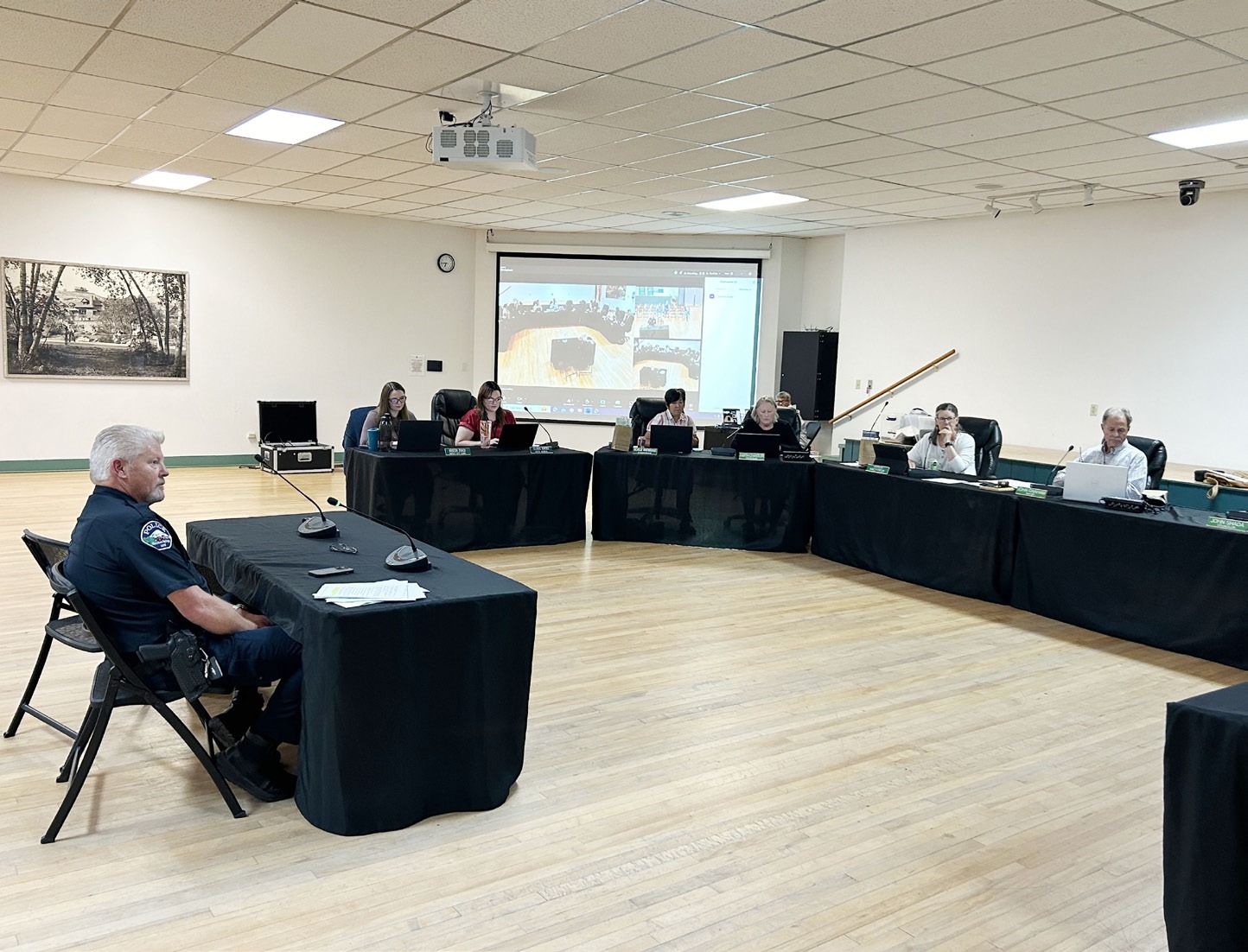This week the Manitou Springs City Council moved ahead with its plan to implement radar speed cameras by introducing an ordinance to establish an automated vehicle identification system. The ordinance identified specific violations, penalties, signage requirements and specific corridors where the speed would be operated.
According to the ordinance, speeding violations of less than 10 mph over the speed limit would incur a warning for the first offense and a notice of violation for subsequent offenses. Violations of more than 10 mph over the speed limit would not receive a warning. The owner of the vehicle caught speeding willing receive a notice of violation, including photo evidence, and be charged a $40 civil penalty. If the violation occurs in a school zone, the penalty will be $80. Vehicle owners will have 45 days after the date of the notice of violation to request a hearing to appeal the violation.
The ordinance requires the City to place an “appropriate temporary or permanent sign in a conspicuous place not fewer than 300 feet before the area in which the [speed camera] is to be used, to notify the public that [a speed camera] is in use immediately ahead.” The ordinance also identified Sunshine Trail, Serpentine Drive, Manitou Avenue, Crystal Park Road and El Paso Boulevard as automated vehicle identification corridors, in addition to any location near schools, city parks and ongoing road work, as well as in residential neighborhoods with speed limits of 35 mph or less.

Manitou Springs Police Department (MSPD) Chief Bill Otto has been considering vendors for the speed camera program. “The police department and Jeff [Parker, city attorney] and Denise [Howell, city administrator] and I were pushing forward with this,” he said. “I’m trying to get as much as we can, information-wise. Definitely shopping around for different vendors, see who can do the best for us. It’s a work in progress.”
The real purpose is to improve safety. – Manitou Springs City Administrator Denise Howell
The ordinance notes that, pursuant to state law, “no portion of any fine collected through the use of [a speed camera] may be paid to the manufacturer or vendor of the [speed camera] equipment. The compensation to such vendor by the City shall be based on the value of such equipment and the value of any services provided and may not be based on the number of traffic citations issued or the revenue generated by such equipment or services.”
Concerns about the cost of speed camera programs and how vendors are compensated are not idle worries.
“One municipality is losing money on this because of the cost of administering it, and because of that they tried to find a way to get compensated that wasn’t per ticket. And … it ended up sinking the whole program,” Parker said. “They’re working on another way, so we will hopefully be learning from other mistakes and not making those ourselves.”
In March, Aurora City Council addressed concerns over their speed camera system with the company Conduent, which used radar vans as opposed to trailer-mounted stationary cameras. Aurora Council members approved the pilot program, which consisted of three radar vans, in July 2022.
“This thing seems about as useful as a chicken-wire raft to me,” Aurora City Councilor Danielle Jurinsky said during a March meeting of the council’s public safety policy committee. “We’re going nowhere with it.”
According to reporting from the Aurora Sentinel, “the City envisioned the program would pay for itself through the money raised from traffic citations. But by the end of December, the program was reportedly $352,861.06 in the hole, with City and police officials blaming operational problems as well as the difficulty of finding people to staff the vans.”
Otto said the situation in Aurora is an outlier. “We’ve got other towns – I mean there’s Fort Collins, Boulder, all over the state,” he said. “These companies, now they’re competing because it’s becoming a big-time thing where municipalities and towns are starting to do this no matter what size they are.”
Howell said the focus of the program is on public safety. “The real purpose is to improve safety,” she said. “But we also don’t want this to cost the general fund additional money.”

